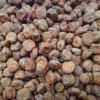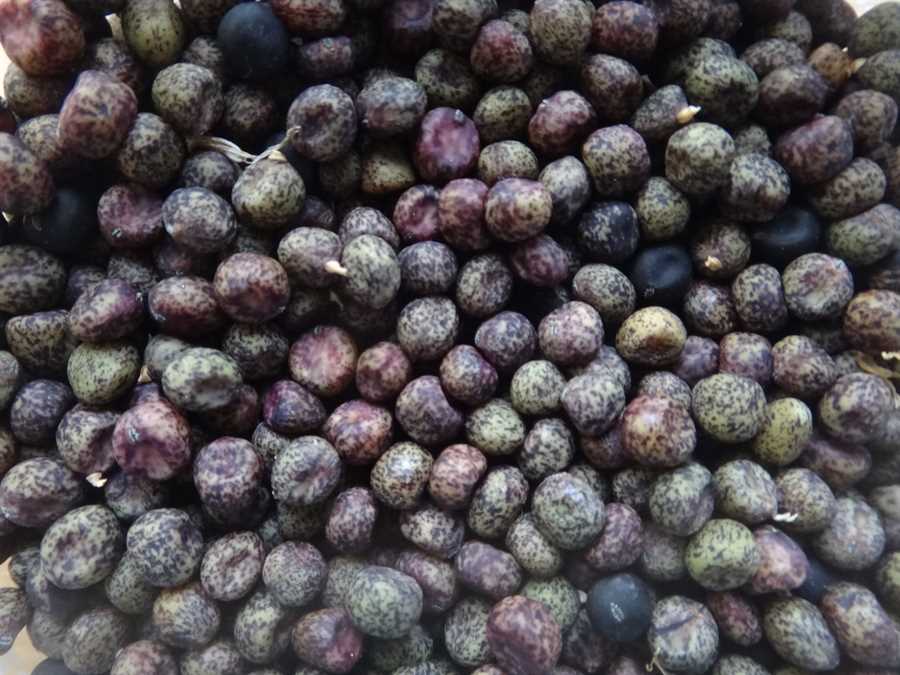Calvert pea
$4.00
(Lathyrus oleraceus syn. Pisum sativum)
A sugar pea nearly identical to Edna’s Russian in all characteristics except that harvest is over an extended period instead of all at once. 4’ vines bear lots of 4”x ¾” pods which are best eaten as the seeds swell.
Some say this is a French heirloom, but I have only heard of it on the East Coast of Canada. Could the name offer a clue to a connection? George Calvert,1st Baron Baltimore, was an English Catholic nobleman in the courts of Elizabeth I and James I. Calvert is known to have gained a considerable part of his political influence under the patronage of Sir Robert Cecil (for whom he named his eldest son, Cecil Calvert), the famous spymaster of Elizabeth I. He was fairly heavily involved in diplomacy and intrigue on the Continent in the first decade of the 1600s. Maybe he picked up an interesting pea variety at that time!
In the mid-1620s, having risen to the position of Secretary of State, lost the position, and converted to Catholicism, Calvert became involved in the colonization of North America. He founded the colony of Avalon on what is now Newfoundland. Later, when the climate there proved rather inhospitable, he removed his colonial efforts some distance south, founding Maryland (hence Baltimore). Maybe the pea came to the New World at some point in that effort.
Incidentally, a bit of bird lovers’ trivia: the Baltimore oriole is also named for the Calverts, whose heraldic colours are black and gold.
Out of stock
Plant as soon as ground can be worked. Sow 1” deep and 2” apart, in a double row 8” wide. Trellis if necessary with twine or netting; can’t hang on to poles. Pick green shelling peas regularly to increase yields; pick dry peas when vines are drying down and seeds can no longer be dented with a fingernail. For fall planting, plant 6-8 weeks before first frost.





